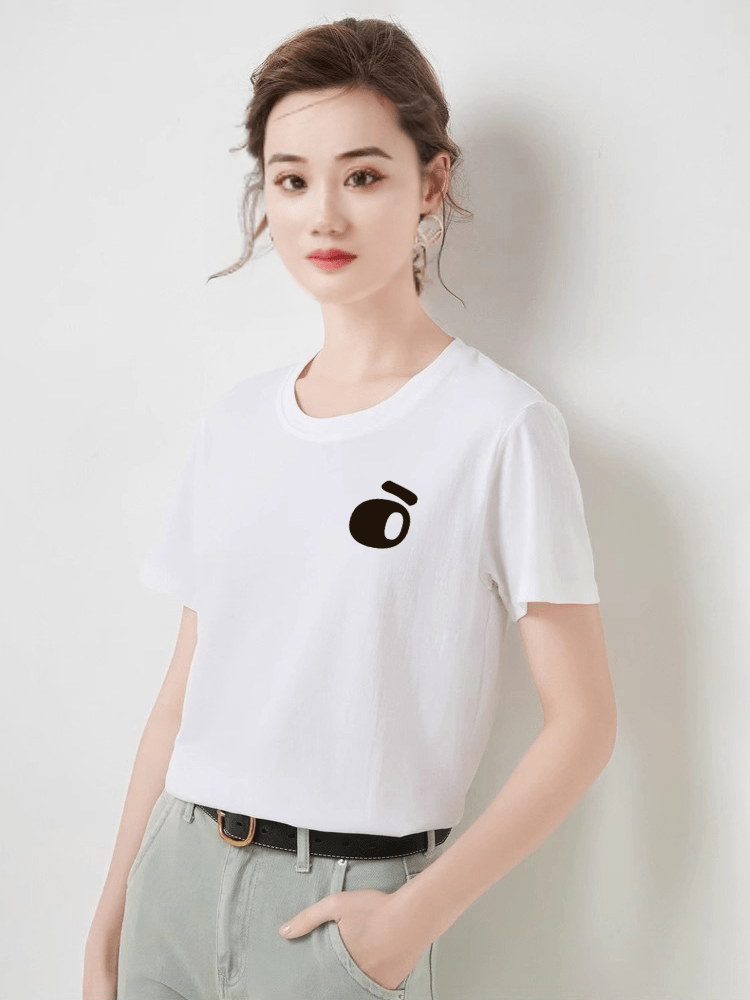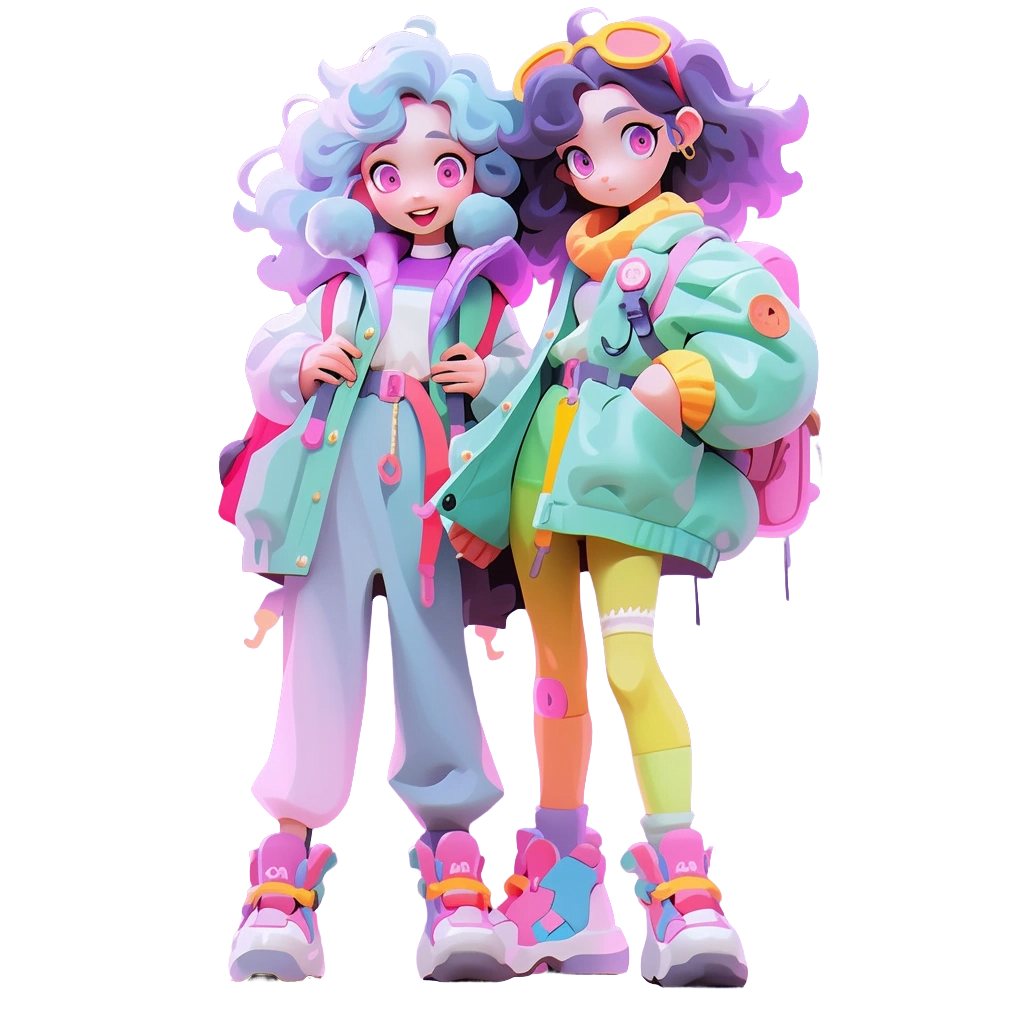📌 Introduction📌
As the demand for eco-friendly products continues to rise, the toy industry faces an important challenge: how to balance the use of sustainable materials with the financial realities of production. For those of us in the toy manufacturing business, this balancing act is becoming more and more critical, especially as designers increasingly seek to incorporate green materials into their projects.
In our experience as a manufacturer specializing in custom collectible designer toys, we’ve seen firsthand how the desire to go green can sometimes collide with the practicalities of cost and production. Yet, it’s possible to achieve that balance—and today, I want to share with you what I’ve learned about navigating these waters.
If you’re a toy designer or a client thinking about incorporating sustainable materials into your product line, the key is not to feel overwhelmed by the perceived expense. It’s about making informed decisions, choosing the right manufacturing partner, and finding solutions that let you stay true to your vision while keeping the cost in check. Let’s break down the challenges and look at some ways to address them, so you can confidently push forward in creating green, responsible designer toys without breaking your budget.
The Growing Demand for Sustainable Toys 🌟
We’re all aware of the increasing consumer demand for eco-friendly products across every sector, and the toy industry is no exception. Parents, collectors, and environmentally conscious consumers are looking for toys that are not only fun and creative but also ethically and sustainably produced. Toys made from renewable, biodegradable, or recycled materials are becoming more popular, and as a designer, it’s natural to want to incorporate these elements into your work. But as you’ve likely discovered, the cost of these materials can be significantly higher than traditional plastics or composites.
Here’s the reality: designing with sustainability in mind often means higher upfront costs. Bioplastics, natural fibers, and recycled materials tend to cost more because they are produced in smaller quantities, require different manufacturing processes, or come with additional certifications. But don’t let this discourage you. With the right approach and the right partners, it’s entirely possible to create a high-quality product that doesn’t compromise on sustainability or your bottom line.
Understanding the Cost Drivers of Eco-Friendly Materials 🧪
Before we dive into solutions, it’s important to understand why these materials tend to cost more. This is something we often explain to our clients during the early stages of product development, as understanding the “why” helps in making informed decisions.
Raw Material Costs 💰:Eco-friendly materials like bamboo, corn-based plastics (PLA), or recycled plastics are more expensive because of their sourcing and processing methods. These materials are often produced in smaller batches or require additional refinement, which drives up costs compared to the massive scale at which traditional plastics are produced.
Manufacturing Complexity 🛠️:Producing toys with sustainable materials often requires specialized machinery or more time-intensive processes. For example, using certain biodegradable plastics might mean adjusting the temperatures or mold cycles in the factory, which can lead to slower production times and, as a result, higher costs.
Certifications and Compliance 📜:Many eco-friendly materials need to meet specific environmental standards, such as certifications for being biodegradable, organic, or non-toxic. Meeting these standards often adds to the overall production cost due to rigorous testing and auditing procedures.
Now that you understand why eco-friendly materials come with a higher price tag, let’s explore how we can mitigate these costs and still achieve your vision for a sustainable toy.
Finding the Balance: Smart Strategies for Sustainable Toy Design 🌿
As manufacturers, we believe that a balance between sustainability and cost is possible—and it starts with thoughtful planning. Here are several strategies that can help you navigate the complexities of eco-friendly design while keeping your project feasible and cost-effective.
1. Start with a Hybrid Approach 🧩
One common misconception is that going green means your entire toy must be made from sustainable materials. But in reality, a hybrid approach can be just as impactful, especially if you’re conscious of which parts of the toy have the most environmental impact.
For instance, you might use recycled plastics for certain components, while relying on traditional materials for internal structures that consumers won’t see. This way, you can prioritize the visual and tactile experience of eco-friendliness where it matters most—such as in the toy’s outer shell—while still keeping costs manageable.
From our experience, clients often choose to start with just one or two eco-friendly elements in their design before transitioning to a fully sustainable model in later production runs.
2. Optimize Your Design for Cost Efficiency 🔧
Cost efficiency isn’t just about the materials; it’s also about the design itself. By simplifying certain aspects of the design, you can reduce material usage and streamline production. For example, minimizing the number of individual parts, reducing the size of molds, or optimizing the shape for easier production can all help lower costs.
As a toy manufacturer, we often collaborate with designers to adjust the intricacies of their designs. This doesn’t mean compromising on creativity, but rather finding ways to simplify the production without sacrificing the overall aesthetic or playability of the toy.
3. Consider Recycled Materials 🏭
Recycled materials are one of the most practical and cost-effective ways to introduce sustainability into your design. The great thing about recycled plastics is that they’re often more affordable than some of the newer biodegradable options, and they still offer significant environmental benefits by reducing waste.
We’ve worked with several clients who opted for recycled materials and were surprised at how well they could incorporate them into their designs without sacrificing quality. For example, using recycled polyethylene or polypropylene in parts that don’t require high structural strength—such as accessories or packaging—can be a smart, cost-saving choice.
4. Leverage Advanced Manufacturing Technologies 🖨️
In recent years, advancements in manufacturing technologies have made it easier to produce eco-friendly toys at lower costs. For example, 3D printing allows us to rapidly prototype designs using sustainable materials, minimizing waste and reducing the cost of trial and error.
By embracing these newer technologies, you can streamline the production process and avoid many of the traditional costs associated with tooling and mold-making. This also means you can experiment more freely with eco-friendly materials without the fear of costly mistakes.
5. Communicate the Value of Sustainability 🌍
When designing with eco-friendly materials, it’s important to remember that consumers are increasingly willing to pay a premium for sustainability. If your toy has strong environmental credentials, make sure that this is communicated clearly through your marketing and branding.
We always encourage our clients to highlight the sustainability aspects of their toys—whether it’s through eco-friendly packaging, marketing materials, or even certifications printed on the product itself. Not only does this attract eco-conscious consumers, but it also helps to justify the higher price point associated with green materials.
6. Work with a Manufacturer Who Shares Your Vision 🤝
The final piece of the puzzle is finding a manufacturing partner who understands your sustainability goals and has the capability to bring them to life. Many traditional manufacturers may not have the expertise or the equipment needed to work with eco-friendly materials, which can result in wasted time and resources.
We pride ourselves on being able to work with a variety of sustainable materials, and we’ve built a network of suppliers who share our commitment to green production. This means we can help you source the right materials, optimize the production process, and ensure that your project stays on track both environmentally and financially.
In Conclusion: Building a Green Future in the Toy Industry 🌟
Designing sustainable toys is a worthwhile goal, but it doesn’t come without challenges—chief among them being the high cost of eco-friendly materials. However, by taking a strategic approach to design, material selection, and production, it’s entirely possible to strike a balance between environmental responsibility and financial feasibility.
Remember, creating a green toy isn’t just about materials; it’s about the entire lifecycle of the product, from design to production, to how it’s marketed and used by consumers. By making smart choices throughout the process, you can bring your eco-friendly vision to life without compromising on quality, creativity, or budget.
As a manufacturer, we’re here to help you navigate these decisions. Whether it’s through material selection, cost optimization, or leveraging new technologies, we can support you in creating a toy that’s both sustainable and financially viable. Together, let’s create the future of green toys and set a new standard in the industry.








